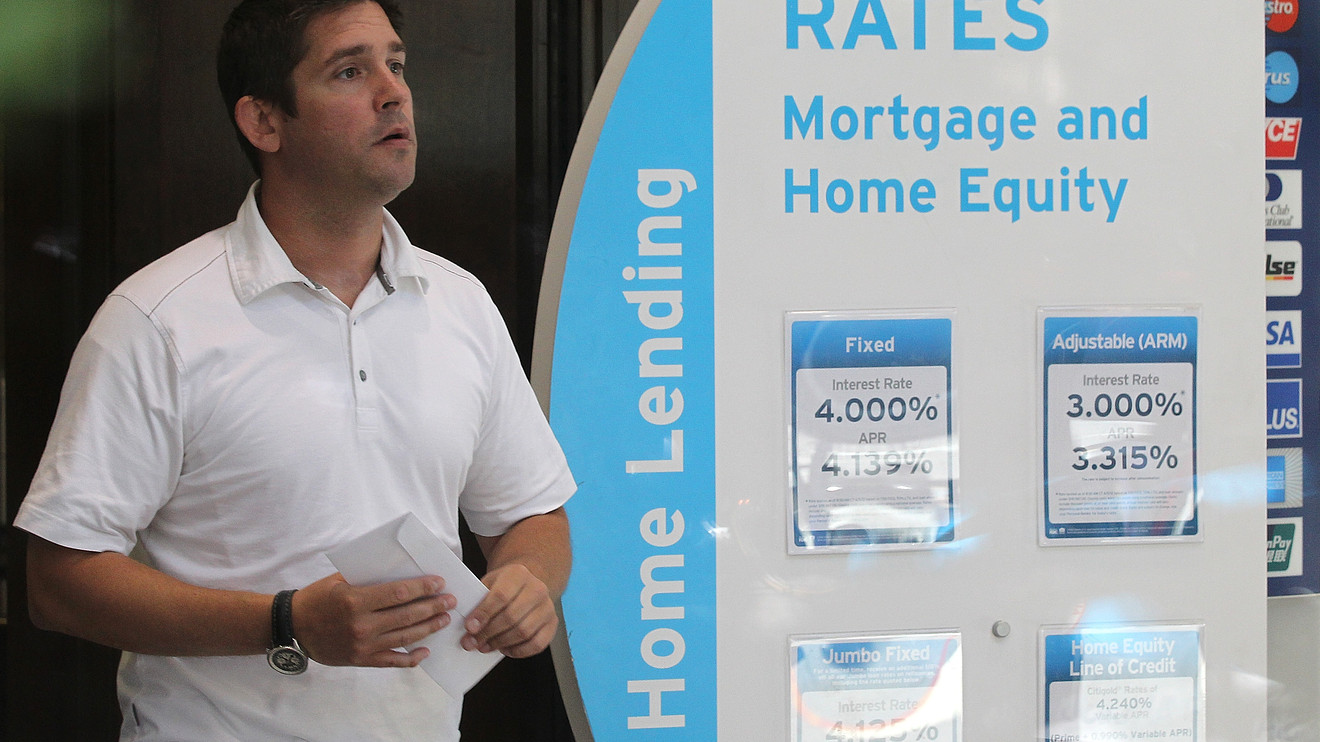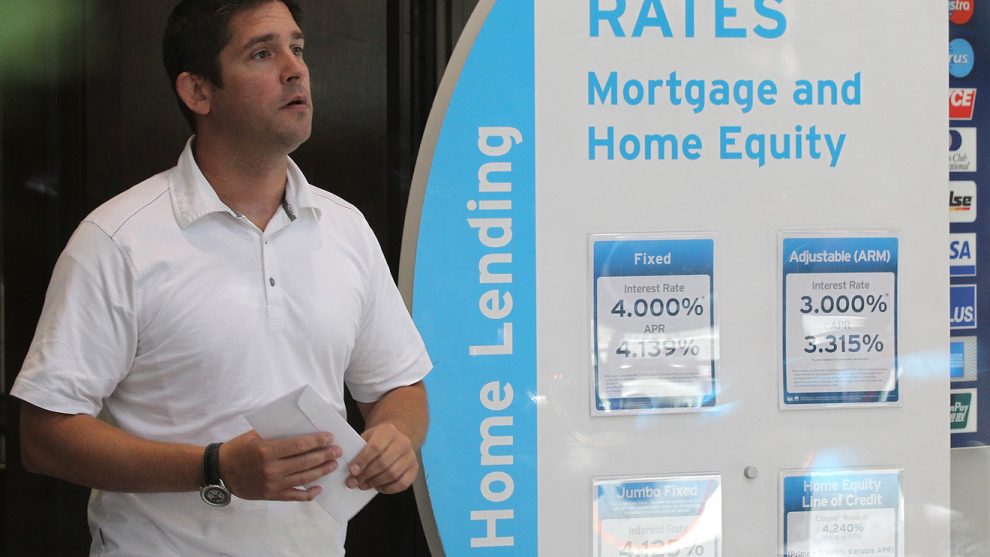
As mortgage rates have dropped this year, more mortgage borrowers are considering refinancing.
Over the last week, the 30-year fixed-rate mortgage average 3.73%, according to Freddie Mac. This is the lowest mortgage rates have been since late 2016. Mortgage rates track the path of the 10-year U.S. Treasury note TMUBMUSD10Y, -0.15% which has dropped nearly 67% so far this year.
Last week, applications for mortgage refinances jumped nearly 3% week-over-week following multiple weeks in which mortgage interest rates dropped or stayed at recent lows, according to data released Wednesday from the Mortgage Bankers Association. In all, there were nearly double the number of refinance applications last week as there were during the same period a year ago, as refinance activity maintained its highest clip since 2016.
This is a major shift from earlier in 2019. The first quarter of this year had the smallest number of refinances from Fannie Mae
FNMA, -0.53% and Freddie Mac FMCC, -0.73% for any quarter since 2008, according to an analysis of Federal Housing Finance Agency data by real-estate website HousingWire.
‘Recent buyers who took on mortgages in 2018 are more likely to have higher rates and, thus, more likely to be eligible to refinance.’
While refinance activity appears to be on the increase, people are refinancing their home loans at a slower pace than during the refinance boom between 2014 and 2017.
The monthly prepayment rate — which measures the share of mortgage borrowers who pay off their loan ahead of schedule — jumped by nearly 18% year-over-year to 0.99% in April, according to data released last month by real-estate data firm Black Knight BKI, -0.60% Three years ago, the prepayment rate was much higher at 1.26%.
“Mortgage rates spent the better part of five years hopscotching back and forth over the 4% mark, so there are a lot of homeowners walking around with a mortgage that begins with a 3,” said Greg McBride, chief financial analyst at personal-finance site Bankrate.
Who should be considering a mortgage refinance right now?
People who bought a home or opened a mortgage in the last 1.5 years are prime candidates for a refinance. Unfortunately, many homeowners may not be aware of that.
“Recent buyers who took on mortgages in 2018 are more likely to have higher rates and, thus, more likely to be eligible to refinance, but they may not be paying attention,” said Danielle Hale, chief economist at Realtor.com.
(Realtor.com is operated by News Corp NWSA, -0.44% subsidiary Move Inc., and MarketWatch is a unit of Dow Jones, which is also a subsidiary of News Corp.)
The general rule of thumb is that the prevailing rates on the market need to be 50 basis points lower than a borrower’s current mortgage rate for a refinance to make sense, said Tendayi Kapfidze, chief economist at LendingTree TREE, +2.56%
The annual average rate for 30-year, fixed-rate mortgages offered through 2018 was 4.54%, according to Freddie Mac. That’s roughly 72 basis points above where rates currently stand.
Therefore, people who financed a home purchase last year at those rates could stand to save thousands of dollars by refinancing at today’s rates.
And of course, borrowers who didn’t take advantage of the sub-4% mortgage rates available from 2014 to 2017 could also find it financially advantageous to consider refinancing.
Altogether, roughly 6.8 million borrowers could save at least 0.75 percentage points by refinancing, according to data from Black Knight.
Also see: This map shows where you can find the cheapest mortgage payments
What other factors should homeowners consider?
However, just because rates have dropped doesn’t mean that a refinance makes sense. Consumers need to consider loan-origination fees when considering a refinance, since those fees could potentially outweigh the savings they’d see from the lower rate.
Time is also a factor. “For people who purchased their home a while ago, refinancing might not be worth it because refinancing resets the clock on your mortgage — stretching out loan payments over an extended period of time could result in paying more interest on the debt over the entire lifetime of the loan, even if it’s at a lower rate,” said Sarah Mikhitarian, a senior economist at Zillow ZG, +0.55%
‘Stretching out loan payments over an extended period of time could result in paying more interest on the debt over the entire lifetime of the loan, even if it’s at a lower rate.’
Similarly, if someone plans to move to a new home in the near future, a refinance may not be worth it because the savings are incurred over time. Take a scenario where a refinance shaved $100 off a borrower’s monthly mortgage payments but came with $2,400 in loan closing costs.
It would take two years, then for the borrower to break even on the refinance and begin to see real savings, if the closing costs were spread out on a monthly basis over time. Therefore, if they’re looking to move within five years, the savings generated from a refinance may be paltry compared with someone who plans to live in the home for the duration of the loan or beyond.
Nevertheless, homeowners who could benefit from a refinance shouldn’t wait to begin starting the process — even if they think interest rates will go even lower this year.
“Waiting and holding out for a better rate is a total gamble on the part of a home buyer,” McBride said. “But a slight increase could be enough to throw cold water on your refinancing plans.”
This story was updated on June 27, 2019.











Add Comment